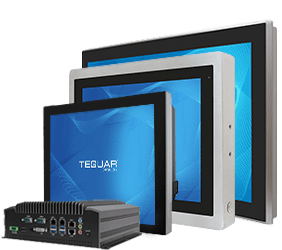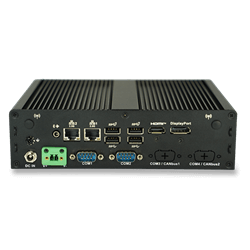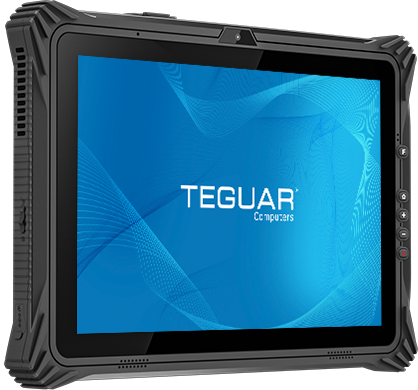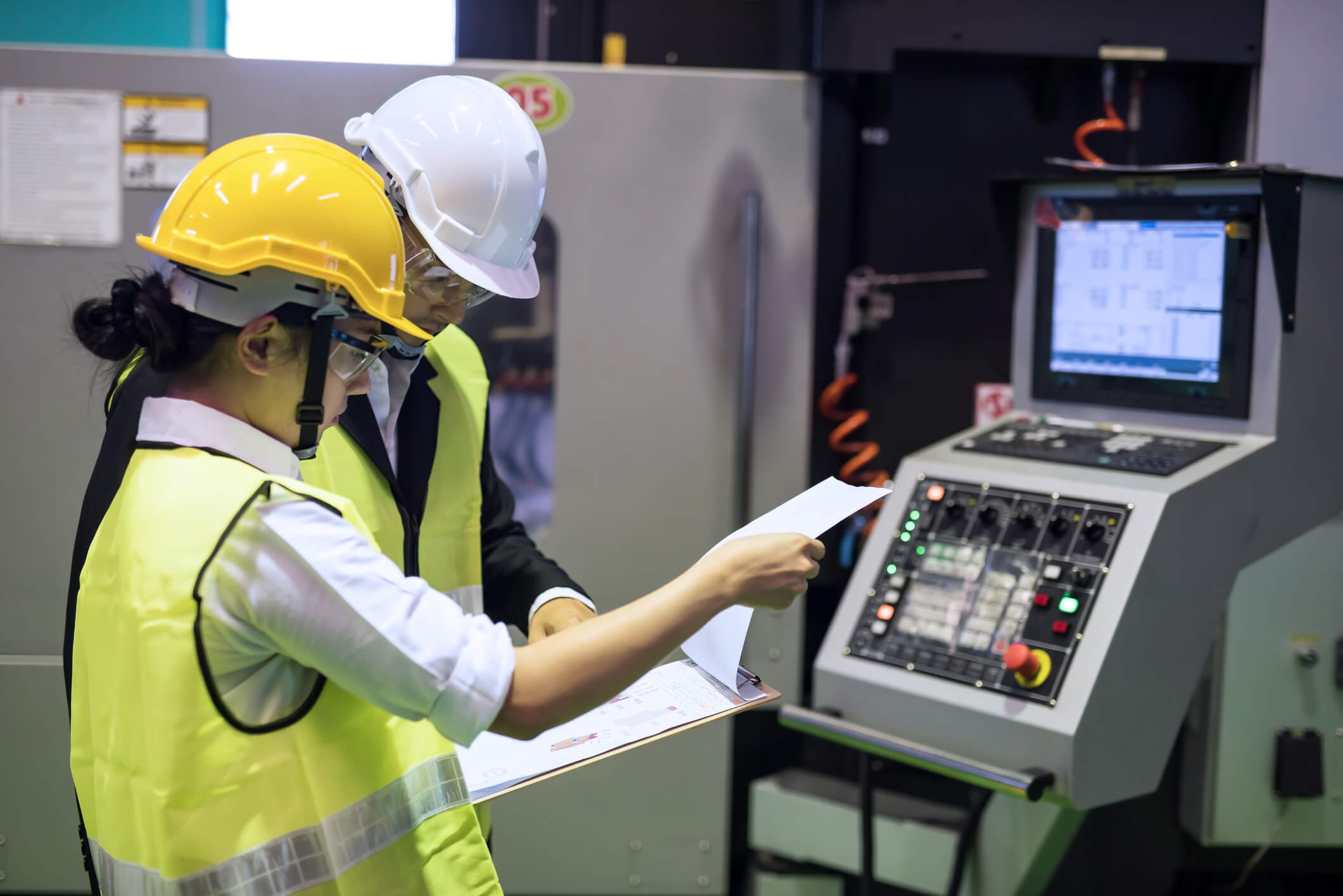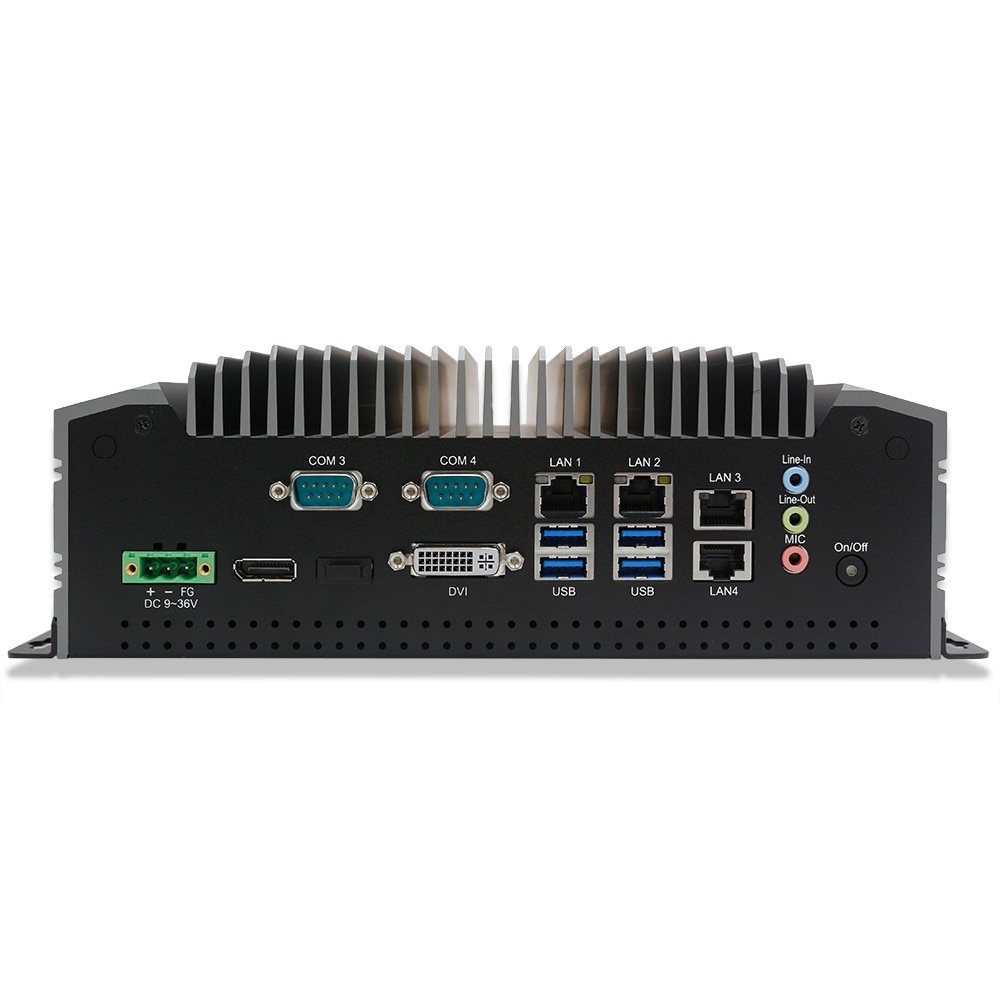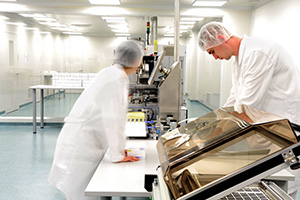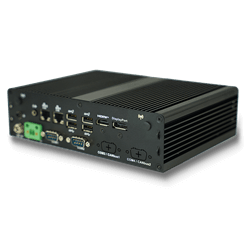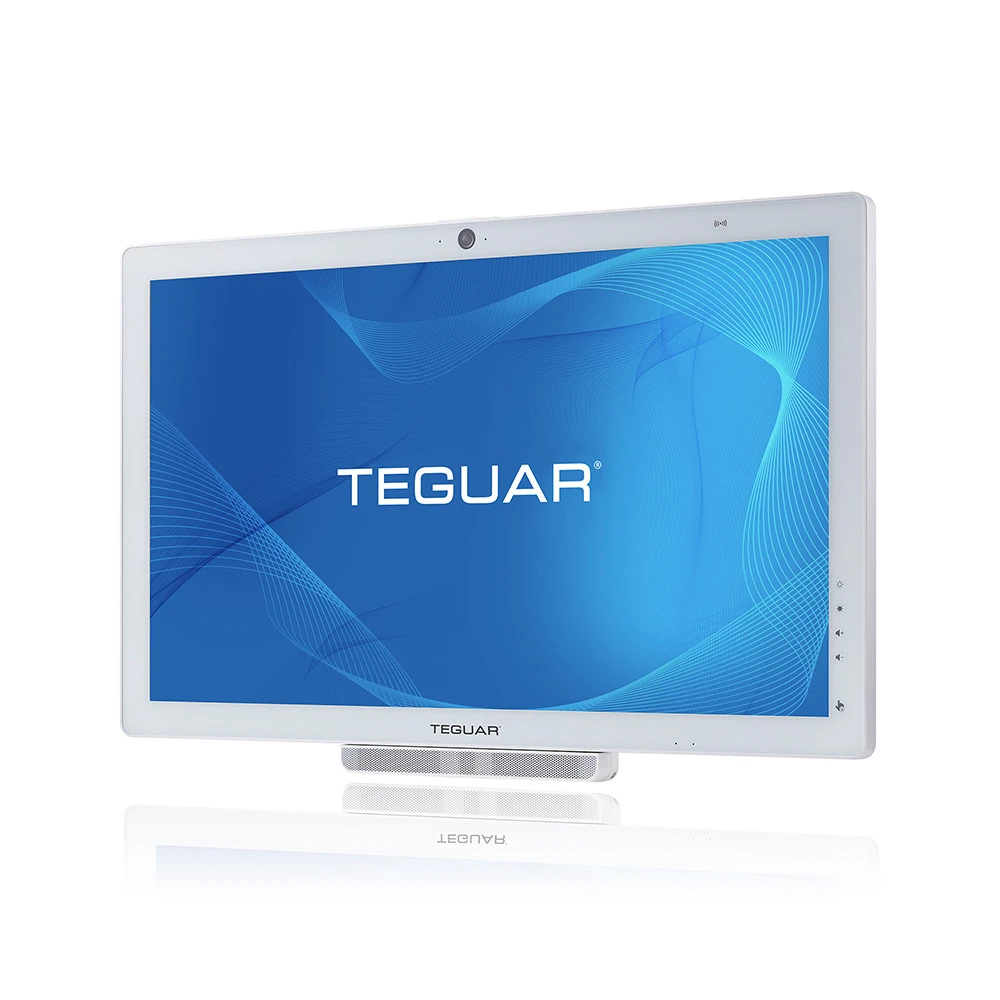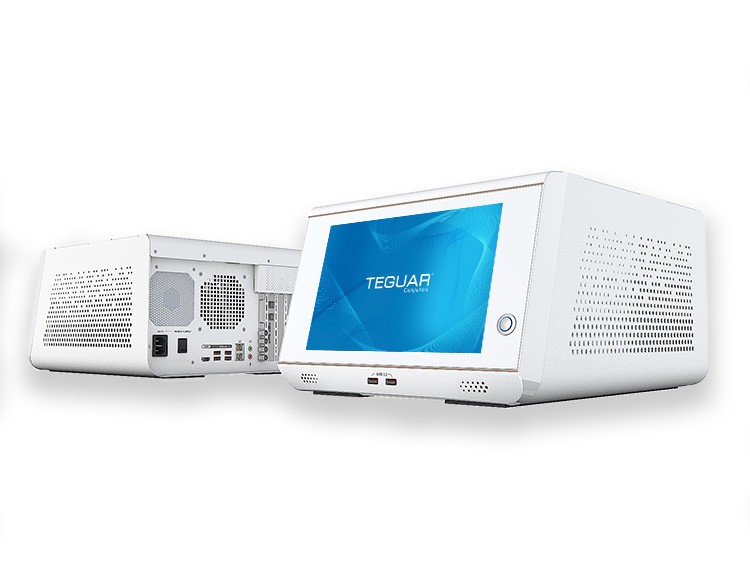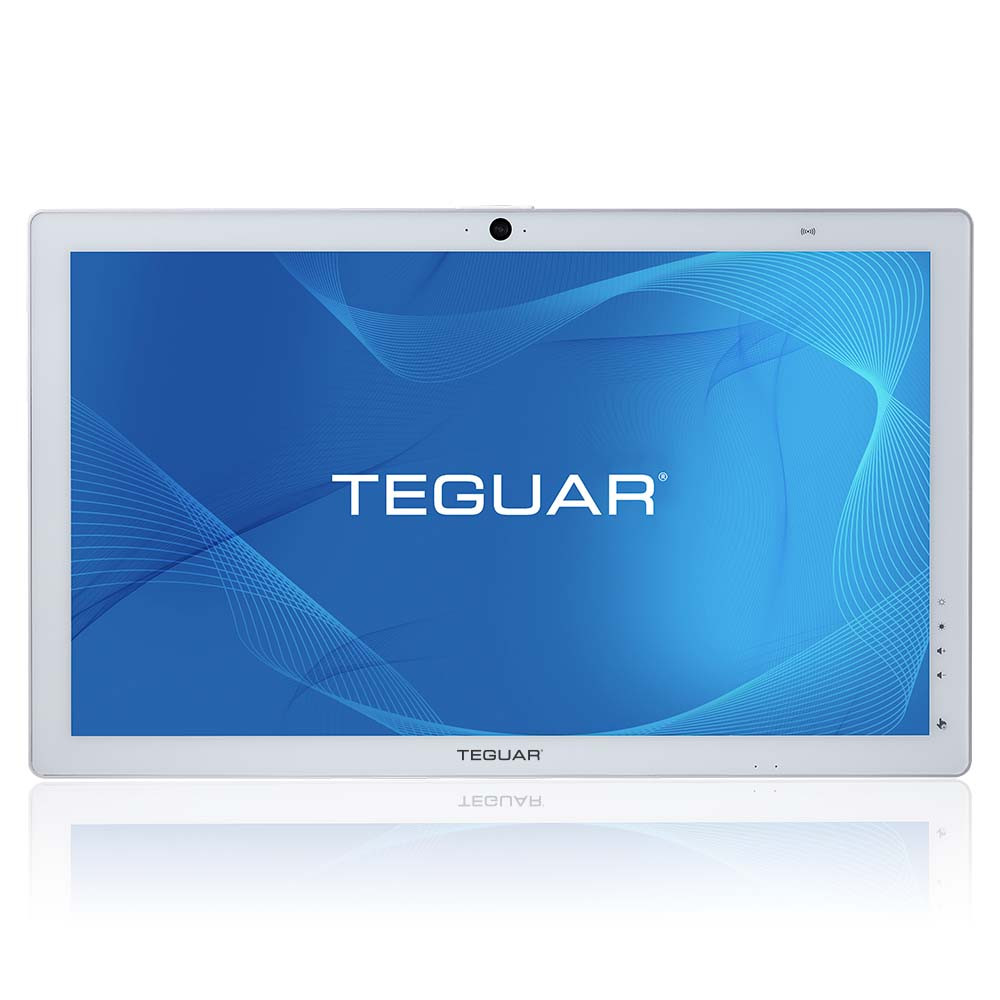How do waterproof touchscreen monitors work?
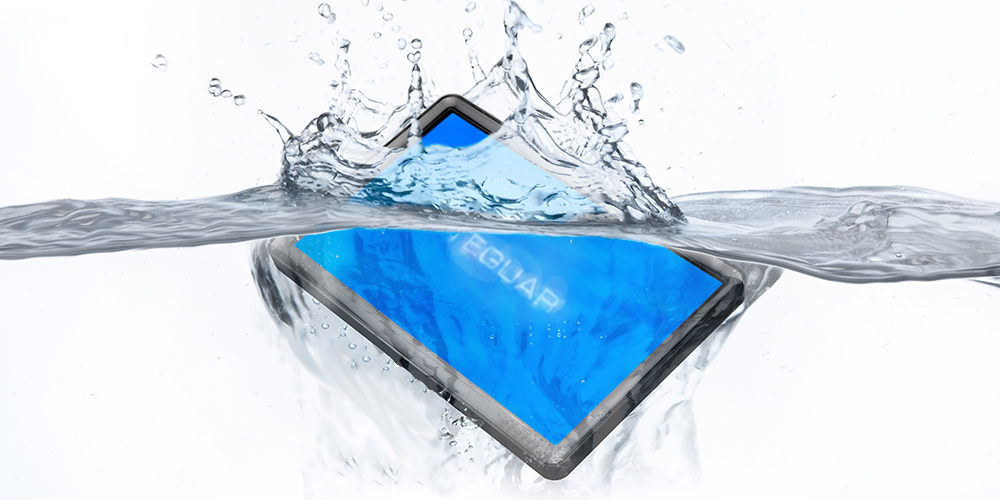
This blog on waterproof touchscreen monitors is part two of a three part series on waterproof computers that address common questions around Teguar-brand water-resistant and waterproof computers.
- What is a water-resistant computer?
- How do waterproof touchscreen monitors work?
- What is a washdown computer?
In the previous article, we defined the phrase ‘water-resistant computer’ and talked about how the term water-resistant is sometimes used interchangeably with waterproof. We determined that, for Teguar, water resistance is defined by earning an IP65 rating, and waterproof is defined by earning a rating of IP66 or greater. To answer the question of how waterproof touchscreen monitors work, we’ll be focusing in on the latter.
An IP66 or IP67 touchscreen monitor needs to do two things: withstand the properties of water on the external surface, and keep water from getting inside the computer. Both of these tasks are difficult, as water has a way of both interfering with the operation of electronics and sneaking through even the smallest of spaces between solids.
Since water is ubiquitous, we often do not think of the properties associated with it. Water has chemical properties which carry an electrical charge. Water also has PSI (Pounds per Square Inch) mass, which for water is known as hydrostatic pressure. Both of these properties are concerns for the external components as well as the internal components of waterproof touchscreen monitors.
As nature has shown, there are few things on earth that remain unchanged by the presence of water. The question comes down to pressure, chemical composition, and time.
Waterproof touchscreen monitors and water pressure
As a device is submerged deeper, increasing amounts of hydrostatic pressure accumulate, depending on the proportion of depth to the surface elevation of the water. A computer with a waterproof touchscreen needs to be designed to withstand the PSI at the testing depth (typically around 1 meter) for around 30 minutes. In order to pass this test, the computer touchscreen needs to be unaffected by the pressure for the duration, and the internal components need to stay completely dry.
Keeping Things Dry – There are a few materials that bond to glass and stainless steel which will keep water out. Typically, epoxy is used to seal together mechanical seams between two metal surfaces, or between metal and glass. Keeping water out is most difficult when an electric current is needed. Epoxy cannot be used with inputs and outputs because it is an electrical insulator, not a conductor. So, waterproof touchscreen I/Os have been specially fitted with corrosion-resistant steel air/watertight seals, as well as rubber gaskets to keep water out.
Handling the Pressure – Computer touchscreens can be calibrated to differential pressure sensitivities. This is especially important if a resistive touchscreen is chosen. If a waterproof touchscreen monitor has a resistive screen type and will be regularly exposed to low water pressure, it can be calibrated so that a small amount of pressure will not register. For washdown computers (covered in the next blog), a screen lock is typically used so that the pressure of the water jets will not register when it is being cleaned.
Waterproof touchscreen monitors and electrical currents
We have all likely experienced a phone screen that has glitched on us due to having rain or sweat on it. This is because water is an effective conductor of electricity. If a waterproof monitor uses resistive technology, this is not an issue. However, if a waterproof touchscreen uses projected capacitive technology, this can become a concern.
Capacitive (PCap) multi-touch screens work by registering a small amount of electricity on the surface of the screen. This electricity completes a circuit and registers a touch. P-Cap touchscreen on waterproof computers are designed a bit differently from early consumer touchscreen devices. The screens are engineered to be less sensitive to small amounts of electricity, and more sensitive to a focused flow of electrical current from a finger or stylus. If a touchscreen monitor will be frequently exposed to seawater, P-cap may not be the best choice as the presence of salt increases voltage potential in water. This could cause the screen to register what are commonly called ghost touches.
Time and testing
As mentioned, in order for a computer to have a rating of IP66 or greater, it will need to undergo testing. It is important to note a couple of things about the testing. The first is that different computers have different types of tests. The second is that these tests are for a specified duration. If you really need to know if the computer you’re purchasing has a waterproof touchscreen monitor, then ask about the specifics of the IP testing for that computer.
Resources:
Common Methods of Waterproofing Electronic Materials
Previous Article
New Industrial Panel PC Series Has Increased Processing Power for the Most Demanding Work Environments

